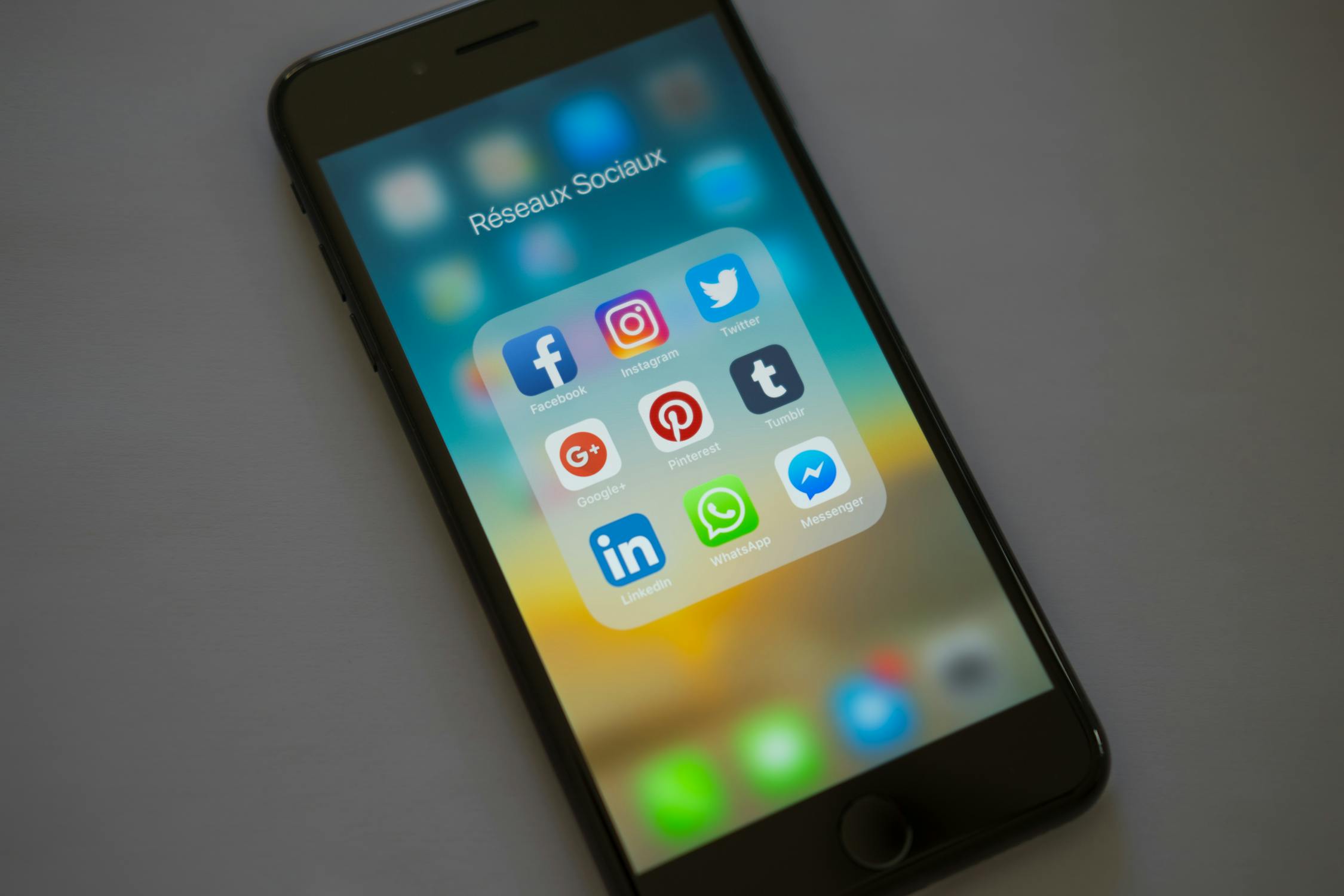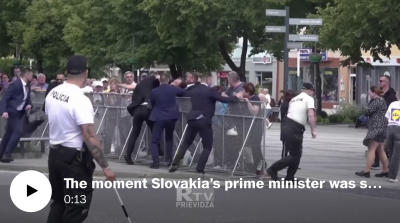San Bernardino 2.0: FBI Asking Apple To Crack Encryption On Phones Owned By Pensacola Naval Station Gunman

It looks like the FBI wants to relitigate the San Bernardino shooting. After that tragedy, the FBI tried (and failed) to obtain legal precedent forcing cellphone manufacturers to crack open seized phones at the drop of a warrant. Finally, a third party sold a solution to the FBI that opened the phone and allowed it to recover nothing useful whatsoever from the shooter’s device.
The FBI was displeased that it didn’t get this precedent. Internal communications showed FBI officials were doing everything they could to avoid using a third-party solution. The theoretical existence of evidence related to a tragic shooting was the only leverage the FBI had and a private company’s cracking service took that leverage away. It could no longer claim approaching Apple directly was the only way to access the contents of the phone.
The FBI is trying again. It has more locked phones and another shooting to use as leverage.
The FBI is asking Apple Inc. to help unlock two iPhones that investigators think were owned by Mohammed Saeed Alshamrani, the man believed to have carried out the shooting attack that killed three people last month at Naval Air Station Pensacola, Florida.
In a letter sent late Monday to Apple’s general counsel, the FBI said that although it has court permission to search the contents of the phones, both are password-protected. "Investigators are actively engaging in efforts to 'guess' the relevant passcodes but so far have been unsuccessful," it said.
Apple is helping the FBI but it’s not doing the only thing the FBI really wants it to do. Apple’s statement says it’s already turned over "all the data in [Apple’s] possession." But it’s not going to break the devices’ encryption.
And no matter what legal precedent the DOJ obtains -- should it decide to force the issue by seeking a court order compelling decryption -- it still may not find anything useful, or indeed anything at all, if it manages to unlock the devices. There’s a twist in this case that sets it apart from the San Bernardino shooting.
A law enforcement official said there’s an additional problem with one of the iPhones thought to belong to Alshamrani, who was killed by a deputy during the attack: He apparently fired a round into the phone, further complicating efforts to unlock it.
Shooting someone right in the evidence is a new logistical hurdle -- one that probably can’t be cleared with a stack of legal paperwork and precedent. But this is the FBI’s latest attempt to undermine device encryption. Attorney General Bill Barr has made it clear he feels encryption is only good for criminals. If the DOJ decides to take another run at this, it will be less likely to back down even if presented with a third-party solution.
The FBI and DOJ are always on the lookout for another tragedy to use as leverage for anti-encryption precedent. Unfortunately, this country produces more than its share of mass shootings, so the FBI and DOJ will always have plenty to work with.



